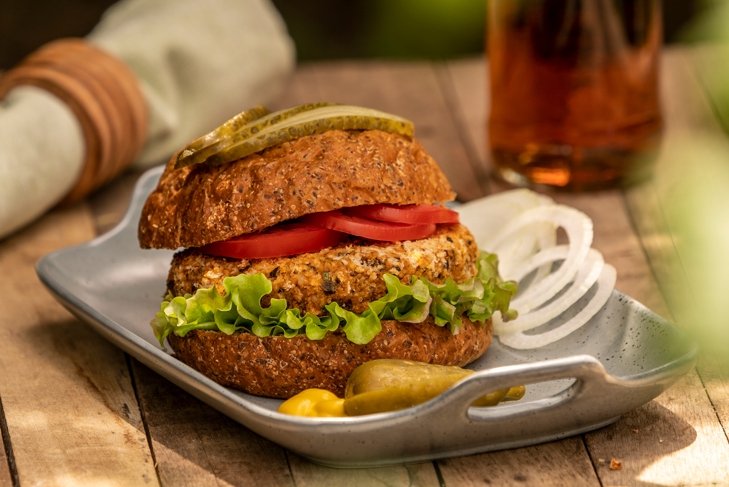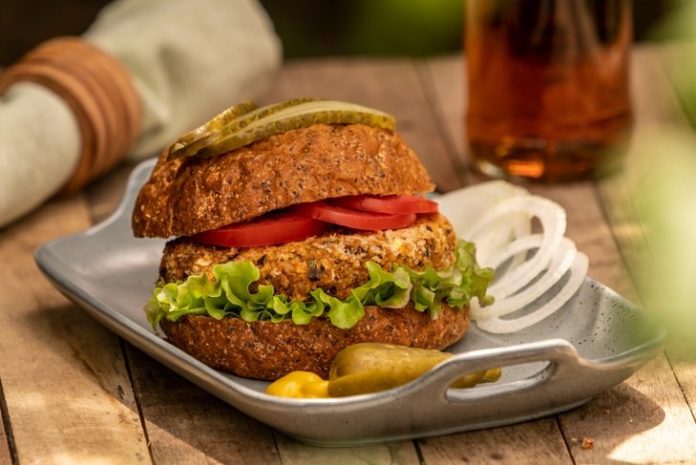
These days, it’s easier than ever to access organic food. Thanks to growing consumer demand and growing supply, Canadians spend more than $5 billion a year on organic food and beverages, up a whopping 57 percent over the last five years.
But many still find it’s not always easy to eat organic on a budget—or to make a meal that the whole family will like! By favouring big-batch, freezer-friendly recipes, smart menu planning, and organic whole foods whose prices aren’t astronomically higher than their conventional counterparts, it’s time to prove that anyone can eat well on a budget.
The trick is to choose your ingredients wisely. Often, a pint of organic cherry tomatoes, package of chicken thighs, or package of organic-certified cookies can be significantly more expensive than their conventional counterparts.
But you usually won’t see a big price difference between organic and conventional lentils or chickpeas. The same goes for other legumes, as well as grains and root vegetables. Organic lettuce and cultivated mushrooms are often good deals.
Reducing the quantity of meat you eat and choosing ground meat or braise-friendly cuts also makes buying organic meat more affordable. And as more urban greenhouses open and production and competition increases, more locally grown and pesticide-free produce, including peppers and herbs, is becoming available at fair prices.
Why organic?
There are plenty of reasons to eat organic, from reduced pesticide exposure for consumers and agricultural workers to improved soil conditions, biodiversity, treatment of animals, and, often, flavour. According to the Rodale Institute (a nonprofit organics organization) organic farming uses 45 percent less energy and releases 40 percent fewer carbon emissions than conventional farming.
And while three main types of neonicotinoids—insecticides that have been linked to the death of bees and butterflies—are still allowed in Canada, no chemical forms of pest control are permitted in organic farming.
But according to Statistics Canada, the reason most Canadians choose organics is for health benefits. Since more and more studies are showing that organic food is healthier than conventional and leads to a reduced risk of chronic disease, organics are especially important for kids as they build a strong nutritional foundation for their lives.
While it may be hard to calculate the environmental impact of buying a California-grown organic strawberry versus a locally grown conventional one, or to remember which conventional fruits and vegetables have the lowest pesticide content, our purchasing decisions have power. Buying organic sends a message that, over time, translates to more locally grown organic produce, lower prices, and improved accessibility for all.
In the meantime, these five organic, healthy, kid-friendly recipes will convince you that even right now it’s possible for kids and adults alike to eat well, eat organic, and consume consciously—without breaking the bank.






























